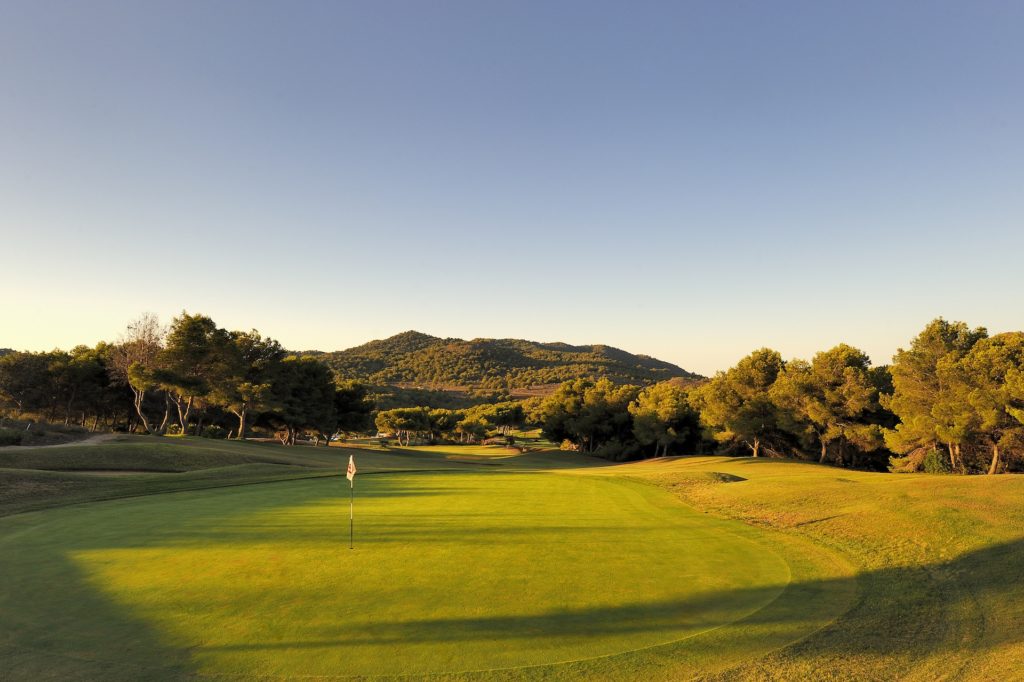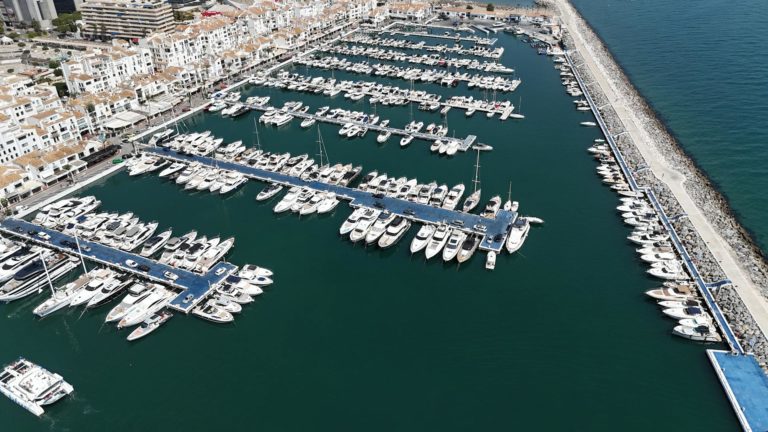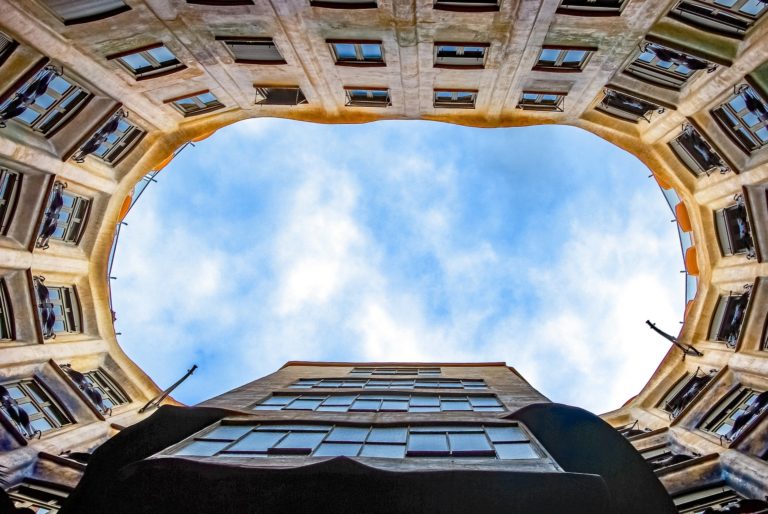
The real estate sector is increasingly focused on golf course residence development, giving homeowners the opportunity to enjoy golf throughout the year. This trend accelerated in 2020 during the pandemic, as many exclusive golf clubs, particularly in the United States, experienced a surge in demand, leading to lengthy waiting lists for new memberships. This surge in interest created a market need that developers have addressed with specially designed properties for secondary homes.
According to a Henley & Partners report, golf is the preferred pastime for 54% of the world’s 25,490 ultra-high-net-worth individuals, following art collecting and cycling. For this demographic, owning a property with direct access to a golf course represents not just a luxury but a significant investment. Major developers have recognized this potential, as evidenced by new and ongoing projects.
Diverse Locations and Opportunities
The Andermatt Sedrun ski resorts in central Switzerland, known for being among the largest in the region, are expanding their facilities with the addition of a golf course. This development was initially intended to extend the period of activity beyond the winter ski season. The project now includes 42 buildings with 1,500 residences, with two-bedroom units priced at 1.9 million Swiss francs. This new venture has been well-received by buyers looking for unrestricted access to golf amenities. Similarly, in the Maldives, a new golf course is being developed for the Baccarat Hotel & Residences, a luxury resort scheduled to open in South Malé in 2027, with properties starting at 4.75 million dollars.
These golf course residence developments also present new investment opportunities, with vacation rental options becoming increasingly popular. For instance, the Grand Hyatt La Manga Club Golf & Spa in Cartagena, Spain, features a sports complex with three golf courses and a 52-year history, offering over two thousand residential units. The latest addition includes 42 apartments starting at 365,000 euros, with potential for added income through vacation rentals.
In Tenerife, Spain, Abama Golf offers a challenging golf course with stunning ocean views as part of the Abama Resort, which includes restaurants, a spa, pools, tennis courts, and beach access. The latest development consists of furnished apartments available from 1,020,000 Euros, with the option to lease them through a hotel management company for tourist rentals.
Golf Courses Driving Real Estate Sales
Across various locations, from mountain resorts to tropical islands, new golf complexes are capitalizing on the sport’s resurgence among diverse player demographics. The Royal and Ancient Golf Club of St Andrews reports 39.6 million golfers worldwide in 2023 (excluding the USA), an increase of 10 million since 2016. In the United States, the number rose from 24.2 million in 2018 to 26.6 million in 2023, the highest in a decade, according to the National Golf Foundation (NGF).
Discovery Land Company, specialists in developing exclusive communities, confirms that “golf courses without restrictions drive real estate sales.” Buyers are attracted to the unique benefit of unrestricted access to golf facilities, avoiding the need to compete for tee times or deal with slow rounds. This feature represents a compelling selling point and adds significant value to the property.
As experts in resort development, Arum Group understands that golf course planning is not merely an add-on but a key component of luxury resort development. Golfers look for great design, a challenging game, beautiful surroundings, solid infrastructure, a commitment to sustainability, and a range of services that keep them coming back throughout the year. The golf course residence is more than just a selling point; it is essential to creating luxury resorts that offer wellbeing, prestige, and privacy.



